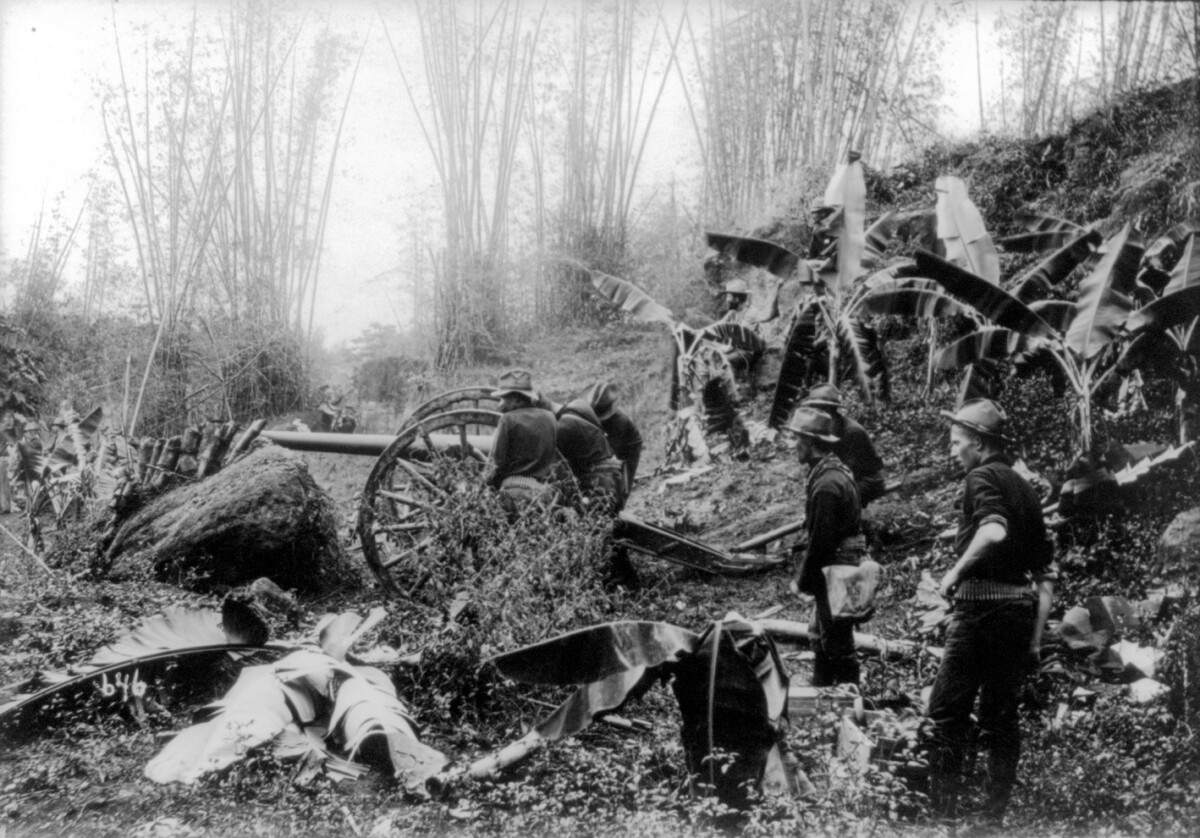The Ancient Origins of Georgian Wine

It’s almost unbelievable, but Georgia’s winemaking history stretches back more than 8,000 years—long before the pyramids, before the wheel, even before written language. In 2021, archeologists unearthed clay vessels near Shulaveri, in eastern Georgia, containing traces of ancient grape wine, confirming what many Georgians have always believed: their land is the birthplace of wine. These vessels, known as qvevri, were used for fermenting and aging wine underground, a method that has survived through the centuries. The presence of grape pollen and tartaric acid residue in these artifacts provides clear, scientific proof of ancient viticulture. This discovery isn’t just a point of pride; it’s a living link to humanity’s earliest agricultural experiments. Georgia’s ancient winemaking isn’t a relic—it’s a tradition that continues to shape the country’s identity. No other place can claim such a continuous, unbroken thread of wine culture.
The Unique Terroir of Georgia

Georgia is a land of contrasts, from the lush Black Sea coast to the snow-tipped Caucasus mountains, and this wild geography creates an unmatched terroir for wine. The country is home to more than 500 native grape varieties, a staggering number compared to most wine regions. Among the most celebrated are Saperavi, a dark-skinned grape perfect for robust reds, and Rkatsiteli, a crisp white grape that thrives in both eastern and western Georgia. According to the National Wine Agency of Georgia, these grapes flourish thanks to the region’s diverse microclimates: humid subtropical zones in the west and drier, continental weather in the east. The varied soils, from rich alluvial riverbeds to volcanic slopes, give each bottle a unique fingerprint. This diversity lets Georgian winemakers craft everything from earthy, amber wines to sparkling whites, making Georgia a true “wine garden” of the world.
The Revival of Georgian Wine in the 21st Century

After years in the shadows, Georgian wine is making an electrifying comeback. Since 2020, the number of registered wineries has doubled, reaching over 1,500 by 2023. This surge is driven by both passionate small producers and ambitious new ventures. Wine tourism is booming too, with travelers converging on Georgia to sip wine from qvevri and wander through sunlit vineyards. The Georgian National Tourism Administration reported that wine tourism brought in nearly $200 million in 2024, a testament to its growing appeal. International sommeliers and wine writers are taking notice, giving Georgian wine the kind of global attention it hasn’t seen in centuries. The revival isn’t just economic—it’s deeply emotional for Georgians, many of whom see winemaking as a sacred family legacy. This renaissance is putting Georgia back on the world wine map.
The Role of Qvevri in Georgian Winemaking

Qvevri winemaking is unlike anything else on earth. These huge, egg-shaped clay vessels are buried underground, where they become natural fermentation chambers. In 2013, UNESCO honored the qvevri tradition as an Intangible Cultural Heritage of Humanity, recognizing its rarity and cultural value. The process is beautifully simple: whole grapes, including skins and stems, are placed in the qvevri, sealed, and left to ferment with wild yeasts. This ancient method creates wines with distinctive flavors—sometimes earthy, sometimes floral, always complex. Qvevri wines often have a deep amber color and a tannic bite that surprises first-time drinkers. Wine lovers from around the world travel to Georgia just to taste these unique flavors. The qvevri method isn’t just about the end product; it’s a ritual, a celebration of nature and tradition.
The Impact of Climate Change on Georgian Vineyards

Like every wine region, Georgia is feeling the heat—literally. Rising temperatures and unpredictable weather are challenging even the oldest vineyards. According to a 2023 report from the Georgian Ministry of Environment, some grape varieties are struggling, and harvest times are shifting. Late frosts, hailstorms, and droughts have become more common, threatening yields and grape quality. Winemakers are adapting by planting new, more resilient grape types and experimenting with canopy management and irrigation techniques. Some are even moving vineyards to higher altitudes, where the climate is cooler. These changes are a test of Georgia’s legendary agricultural resilience. It’s a race against time, but Georgians are determined to protect their ancient vines for future generations.
The Global Recognition of Georgian Wines

Georgian wines are finally getting the spotlight they deserve. In 2024, a Saperavi from Kakheti took home a gold medal at the Decanter World Wine Awards, stunning judges with its depth and character. International demand for Georgian wine is rising, especially among fans of “natural” and organic wines. Many Georgian producers use little or no chemicals and rely on traditional, hands-off methods, which resonate with today’s eco-conscious drinkers. Export numbers are climbing each year, with shipments to the EU, China, and the U.S. hitting record highs in 2023. Wine critics and sommeliers are singing Georgia’s praises, calling it “the next big thing” in wine. This growing recognition is helping the country reclaim its place as a world-class wine destination.
Wine Festivals and Cultural Events

Georgia knows how to throw a party, and their wine festivals are legendary. The annual Tbilisi Wine Festival draws thousands to the capital’s cobblestone streets, offering tastings from over 100 wineries. Local musicians and folk dancers add to the festive atmosphere, making it an unforgettable experience. In 2023, the festival highlighted not just wine, but also artisan foods and crafts, celebrating the full spectrum of Georgian culture. Other events, like the Rtveli harvest festival, invite visitors to join in grape picking and stomping—a hands-on way to connect with centuries-old traditions. These festivals are more than just celebrations; they’re a way for Georgians to share their pride and hospitality with the world. Every glass poured is a story, a memory, a piece of living history.
The Future of Georgian Wine

Georgia’s winemakers are looking to the future with both optimism and determination. New initiatives from the Georgian Wine Association in 2025 are pushing for more sustainable practices, including organic and biodynamic farming. There’s a growing emphasis on quality over quantity, with small, family-run wineries leading the charge. Many are experimenting with new blends and aging techniques while still honoring traditional methods. Tech-savvy vintners are using drones and data to monitor vineyards and improve yields without sacrificing authenticity. This blend of old and new is attracting a new generation of wine lovers, eager to taste something different. Georgian wine is proving that you can honor the past while boldly embracing the future.
The Influence of Georgian Cuisine on Wine Pairing

It’s hard to imagine Georgian wine without Georgian food. The country’s cuisine is famous for its bold flavors—think garlicky stews, herby salads, and cheesy khachapuri. Local wines are crafted to complement these dishes, creating unforgettable pairings. For example, the tannic bite of Saperavi cuts beautifully through rich meat dishes, while Rkatsiteli’s crispness balances spicy, walnut-laden sauces. In 2024, a major culinary festival in Batumi brought together chefs and winemakers to showcase these perfect matches. International guests were wowed by the harmony of flavors: each bite and sip telling a story of place and tradition. This focus on pairing wine with regional food is helping to introduce Georgian wine to new audiences around the world.
Georgia’s Place in the Wine World

Georgia’s claim as the “cradle of wine” is backed by hard science, living tradition, and a passionate people. Its wines are not just beverages—they’re a journey through time, landscape, and culture. With international awards, booming tourism, and a new wave of creative winemakers, Georgia’s ancient wine legacy is finding its place in the modern world. The country’s commitment to sustainability and innovation, combined with its unmatched grape diversity and unique techniques, is setting a new standard for global wine. The story of Georgian wine is far from over; in fact, it seems like it’s just beginning again.







